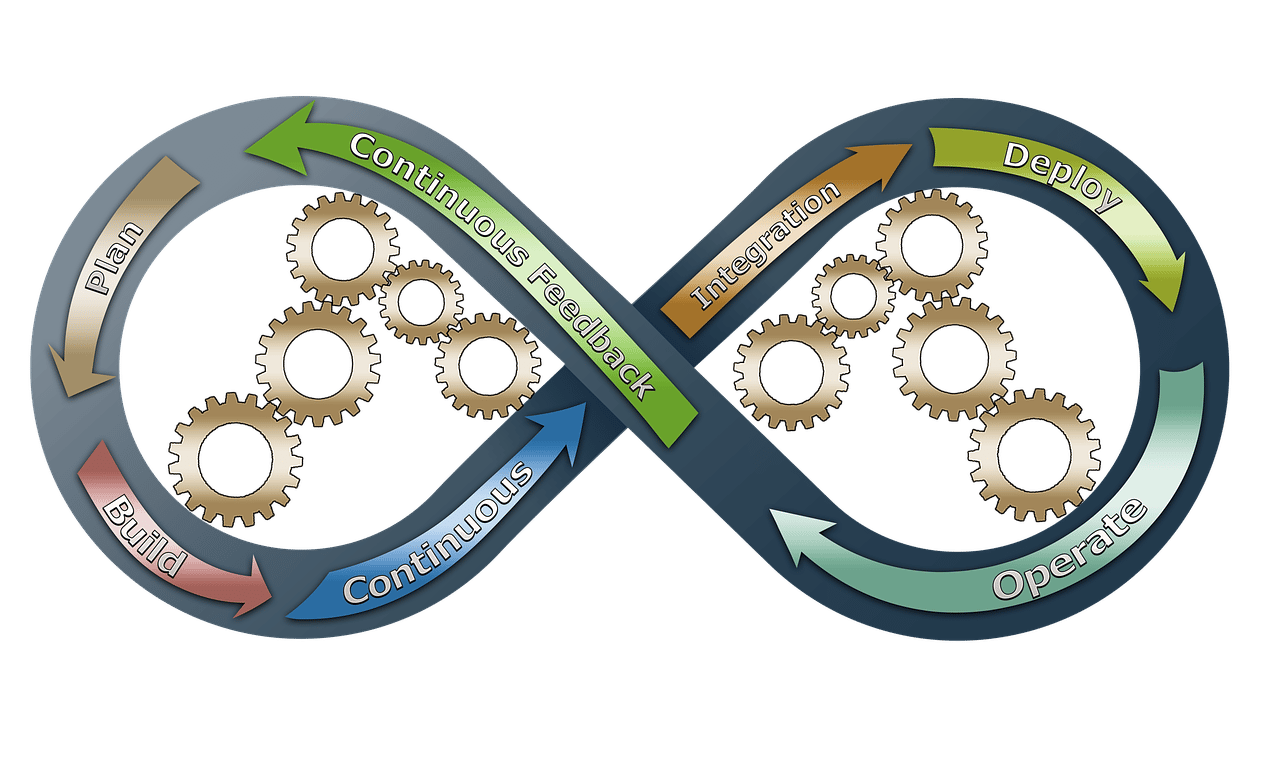Once, a long and linear process, the software development lifecycle has transformed into something that moves much faster and is more adaptable to change. As the pace of our world has shifted, businesses need to be able to keep up. Previously, software development required months of gathering requirements and feature lists which lead to months (or years) of coding, followed by even more time for testing and finally launching.
The SDLC – Software Development Lifecycle
The Software Development Lifecycle is defined as the process that produces applications with the highest quality and the lowest cost in the shortest amount of time. There are many, many different models and stages including Agile, waterfall, iterative, big bang, spiral and more. But for the purposes of this blog, we’re going to stick to the process and goals rather than the model itself. You’ll stay awake longer.
Five Stages of the SDLC
- Plan: The “What Do We Want?” stage. In the planning stage, all parties involved define the requirements, determine the resources needed, and create a specific planning document and timeline for the development process.
- Build: This stage can be broken up into separate design and development stages, but essentially, this is where the magic happens. An initial UX/UI design is approved, requirements are reviewed, and code is created. As long as the planning stages were clear and the documentation defined, this step should be the “Doing” stage.
- Test: The testing stage is equally as important as any other stage. Various versions of the build are reviewed, tested, and compared to original specifications until a Minimum Viable Product (MVP) is established.
- Launch: Often done as a beta-test with a limited number of users, the launch is when your new product is released into the real world. This stage is critical for end-user feedback and further adjustments.
- Continuous Feedback: The official maintenance stage. As technology changes or additions are needed, the software is updated accordingly.

SDLC, when done correctly, allows for the very best final product and process – in terms of cost, quality, and timeline. Goals are defined. The concept is affirmed. And the work is done with a clear end plan.
MVPs in Software Development
A development technique called MVP, or producing a Minimum Viable Product, is leading the way in development – especially in startups and businesses looking to capitalize on quickly changing technology and consumer behaviors. By launching a MVP to beta testers and early adopters of your software, web application, or mobile app, the business team and development team determine to hold off on a complete set of features until after receiving initial feedback from early users.
Why utilize a MVP in development?
- A quicker return on investment. The sooner you find out whether your product is viable, needed, and appreciated in the marketplace, the sooner you’ll be able to validate or refine your business assumptions and growth plan.
- Getting your product out to market quickly can help establish your business and following. You’ll stay ahead of your competition and can even trademark features that may be new to market.
- To quickly further future development. There is no faster way to learn what features are the most important to your users than to ask them. If your application is performing well, you’ll be able to confidently continue with development. Poor feedback, as well, can help redirect the development process before it goes too far in the wrong direction.
Before launching a MVP, determine if your product has enough value that individuals are interested in testing it to begin with. If testers can visualize the product in its final state, they are more likely to provide you valuable insight on how to get there.
Regardless of the type of custom software development you’re interested in, you can count on our team to deliver a fast, friendly, and affordable solution. Ready to learn more? We’d be happy to provide a free, no-pressure consultation!
